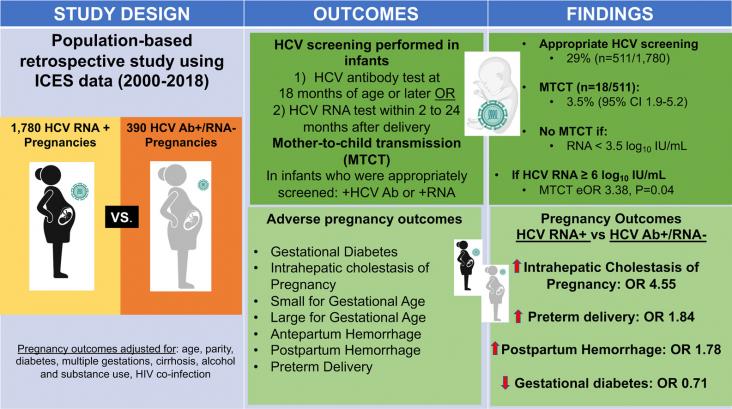
The World Health organization (WHO) wants to bring hepatitis care closer to the primary health facilities and communities. They want people to have better access to treatment and care, no matter what type of hepatitis they may have. The WHO have a goal of eliminating hepatitis by 2030 and in order to achieve this they are calling on all countries to help achieve specific targets such as:
- Reducing new infections of hepatitis B and C by 90%;
- Reducing hepatitis related deaths from liver cirrhosis and cancer by 65%;
- At least 90% of people with hepatitis B and C virus should be diagnosed; and
- At least 80% of those eligible should receive appropriate treatment.
The theme for World Hepatitis Day 2022 is ‘I can’t wait’ as it serves to highlight the urgency and importance of testing and treatment for the real people who need it.
eClinicalMedicine, Volume 48, June 2022
Background: Abatacept is a selective T-cell costimulation modulator approved for the treatment of rheumatoid arthritis, juvenile idiopathic arthritis, and psoriatic arthritis. Reports were recently published on hepatitis B virus reactivation (HBVr) in patients who were treated with abatacept. However, the literature is limited to case reports and series, and no study has investigated the relationship between HBVr and abatacept using extensive population-based databases.
Journal of Hepatology, 2022, in press
The Lancet Public Health, Volume 7, February 2022
Vaccine, Volume 39, 23 August 2021
Extracellular Matrix and the Liver, Approach to Gene Therapy, 2003, Pages 135-151
Recent Advancements in Microbial Diversity, Macrophages and Their Role in Inflammation, 2022, Pages 361-395
Polycystic Ovary Syndrome, Challenging Issues in the Modern Era of Individualized Medicine, 2022, Pages 187-216
International Review of Cell and Molecular Biology, Volume 368, 2022, Pages 143-212
Theranostics and Precision Medicine for the Management of Hepatocellular Carcinoma, Volume 1 - Biology and Pathophysiology, 2022, Pages 257-285
Nanotechnological Applications in Virology, Developments in Applied Microbiology and Biotechnology, 2022, Pages 195-218
Translational Autoimmunity, Autoimmune Diseases in Different Organs, Volume 4 in Translational Immunology, 2022, Pages 309-331
Influence of Nutrients, Bioactive Compounds, and Plant Extracts in Liver Diseases, 2021, Pages 41-55
Enzyme Active Sites and their Reaction Mechanisms, 2021, Pages 97-100
Annals of Hepatology, Volume 27, January 2022


